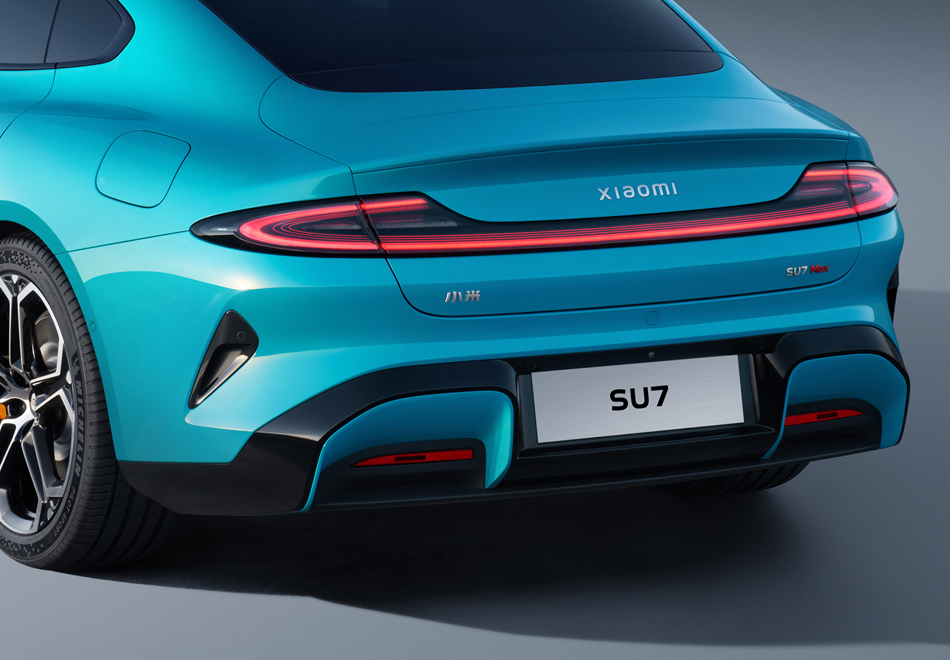The Combined Charging System standard (also known as CCS) aims to solve this issue by standardizing the charging process between different charging points and electric vehicle manufacturers.
One of the most widely adopted charging standards in the electric vehicle sector is the Combined Charging System (CCS). But what exactly is CCS car charging? Why do electric vehicle owners and potential buyers need to understand it? This guide will help you understand everything about CCS car charging.
What is CCS Car Charging? “CCS” stands for Combined Charging System. It is a standardized electric vehicle charging method that integrates both Alternating Current (AC) and Direct Current (DC) charging capabilities into a single system. This flexibility allows more types of electric vehicles to use charging stations, thereby making charging infrastructure more accessible to everyone.
CCS can serve as a universal charger for electric vehicles, compatible across different car manufacturers and charging networks. It supports both slower, lower-voltage AC charging for regular use and faster, higher-voltage DC charging for long-distance travel. It’s almost like a USB port for electric vehicle charging!
Where is the CCS Standard Adopted? Europe and North America are the two dominant regions globally where the Combined Charging System standard has been adopted.
CCS1 Charging CCS1 is primarily used in North America. If you drive an electric vehicle in the United States, Canada, or Mexico, you will encounter this standard.
CCS2 Charging CCS2 (CCS Combo 2) is the standard adopted in Europe and much of the rest of the world (e.g., South America, India, Australia, Singapore, Hong Kong, South Africa, etc.). It builds upon the Type 2 Mennekes connector, widely used for AC charging in these regions, by adding two DC fast charging pins similar to CCS1.
CCS2 is viewed as a comprehensive system capable of supporting both single-phase and three-phase power systems. This enables it to adapt to various power supply options in different countries/regions, contributing significantly to its widespread global popularity.
Whether at workplace chargers, gas station chargers, or shopping malls, CCS2 DC chargers ensure reliable and efficient charging solutions for EV drivers across Europe and worldwide.
CCS Vehicle Charging Advantages
Compatibility and Flexibility:
One of the greatest advantages of CCS vehicle charging is its compatibility with different automakers and charging networks. Due to its AC/DC compatibility, it also supports all levels of chargers, from Level 1 through Level 3. This universal approach means that various electric vehicles can use CCS chargers, thereby reducing the confusion and inconvenience caused by the use of multiple incompatible charging standards.
Fast Charging Capability:
CCS supports fast charging, which is crucial for shortening charging times and making long-distance travel easier for EV owners. CCS’s ability to handle high-power DC charging significantly reduces vehicle charging times, offering convenience comparable to refueling traditional gasoline vehicles.
Growing Infrastructure:
As more automakers adopt CCS as the standard, the number of CCS-compatible charging stations globally is rapidly increasing. This expanding infrastructure means EV owners have more charging options for travel, thereby alleviating “range anxiety” and making electric vehicles a more practical choice for everyday use.
Advantages of CCS vs Other Standards: High Power Output:
Broad Industry Adoption:
Integrated Connector Design:
Global Standardization:
Scalability for Future Needs:
CCS Charging Safety Features
To ensure safety, CCS charging stations are equipped with various protective measures such as over-voltage protection, over-current protection, and ground fault detection. These features continuously monitor the charging process and rapidly shut down power when any abnormality is detected, preventing damage to vehicles or equipment.
Additionally, CCS charging stations integrate advanced power management and load balancing capabilities. This enables them to optimize electricity delivery based on available grid capacity and the number of vehicles charging simultaneously, ensuring each vehicle receives optimal charging speeds without overloading the grid.
CCS Plugs Disadvantages Bulky Connector:
Higher Installation Costs:
Conclusion That concludes our discussion on CCS charging. Whether you’re a current EV owner, considering switching to an electric vehicle, or simply interested in the technology, it’s essential to understand CCS charging technology—especially the CCS2 standard in Europe. With its versatile functionality, convenience, and supported by growing infrastructure, the CCS charging system is driving the future of electric vehicles.

